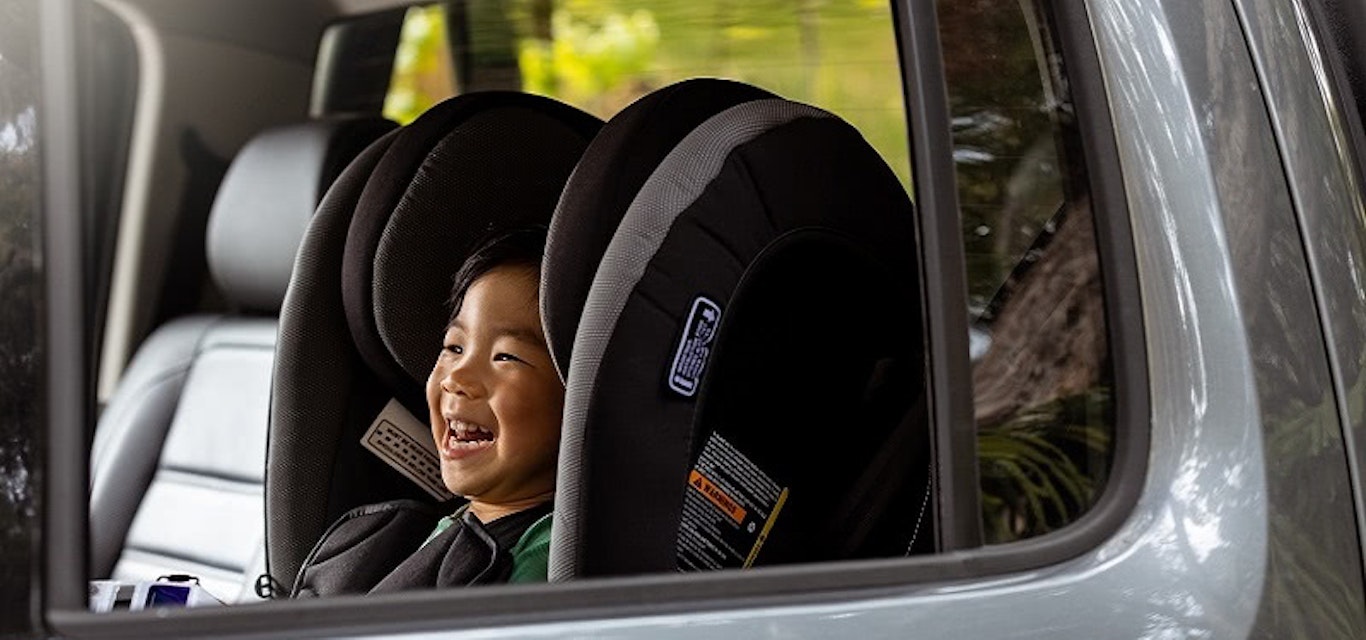Take a seat and buckle up
One of the best ways to keep our children safe on the road is through the use of car seats. How regularly do you check yours? You might be surprised to know how many Tassie families might be in need of a safety adjustment.
How do we manage checks at the moment?
When jumping in the car with the kids, does your list of priorities include properly checking the car seats? While we realise that packing the car with wet wipes, toys and the kids can be a journey in itself, we know that using a professionally fitted child seat can reduce the risk of serious injury by up to 70%.
Because of these odds, we regularly provide help to parents by checking car seats in Tasmanian day care centres and primary schools. In the past year we've found that around 80% of our community car seat checks have needed some form of adjustment. So for every 10 car seats, just over eight car seats aren't as safe as they could be.
What should we do differently?
Through our community checks we've found the four most common adjustment reasons were fixing loose seatbelts, using the incorrect location for seatbelts, top tether strap issues and twisted harness issues. These adjustments can originate from a variety of very understandable conditions, including:
Your little one may have innocently undone the seatbelt that keeps the car seat positioned in place.
There may have been a bit of unexpected movement positioning your little one in and out of the seat, resulting in the harness twisting.
You may have shuffled things around in the boot and forgotten to reattach the tether strap back to the anchor point.
Our local findings are similar to those around Australia, with research showing that around two thirds of child seats are used incorrectly. The most common issues across Australia are twisted and incorrectly adjusted straps and seatbelts. Regardless of the initial reason why car seats need adjusting, prioritising regular checks with professional car seat fitters will help you ensure your family travel as safely as possible on the road.
Check, check and check again
There are some steps you can actively take to make sure your car seat is being used as safely as possible. We recommend that each time you head out to pack the car, or as often as possible, you cover off these points:
Review the shoulder height markers. When your child’s shoulders reach the upper shoulder height marker, it’s time to move to the next style of car seat.
A firm and flat harness fit on your child’s body without any twists.
Check the car seat is secured to the correct anchor point, often luggage points are used by mistake.
Ensure your seat cannot wobble or sway, establish if your car has ISOFIX fittings or is tethered by the seatbelt, the fittings need to be secure.
Assess the manufacture year, if it’s older than 10 years it’s no longer safe.
Once your child is seven years old, they are allowed to use an adult seat belt, but only if they are big enough. We encourage parents and guardians to only switch children, aged seven or older, to seat belts once they are 145cm tall.
Above all else, we always advise that it's vital to get your seat professionally fitted. You can find out more information from our professional child restraint experts or book a fitting at a time that suits you.
Need car seat advice?
Our car seats page has all of the information you can possibly need.

